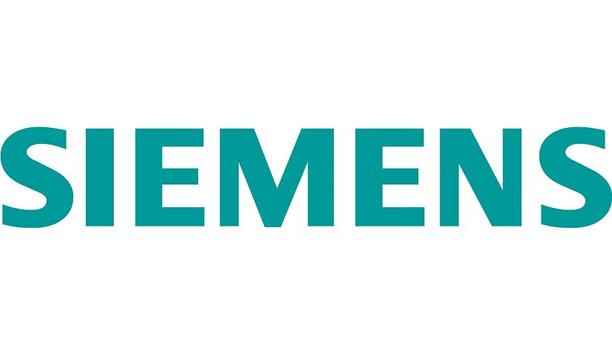 |
| TTP work across many sectors and industries, including the fire and emergency rescue industries |
White space spectrum could radically improve emergency services communications and deliver valuable new data-rich applications to help save lives, claims TTP, one of the UK companies pioneering this ground-breaking new wireless technology.
Wideband communications using white space technology could alleviate the pressure on cellular infrastructures that are already struggling to cope with the weight of data traffic required to handle major incidents; and also support new high definition video and location based services.
Like the spaces between words on a page, white spaces that carry no information also exist in radio spectrum across frequency, time and space domains. In particular, empty channels in the UK television spectrum are ideally suited for long range radio communications, as opposed to the short range performance currently offered by wireless systems at 2.4GHz such as WiFi or Bluetooth.
TTP is working on low power communications systems that work inside these spaces without interfering with TV pictures and is already running trials streaming HD video at speeds of over 7.9Mbps across a 5.6km white space link. Core to the work at TTP is the development of a geolocation database that dynamically allocates free white space channels at a particular time and geographic area.
“With OFCOM committed to regulate TV white space spectrum as a free resource, public safety use could be prioritised to provide the backbone for emergency communications with far greater performance than existing systems,” said Richard Walker, Head of Wireless at Cambridge-based TTP. “Secure pop-up networks could also be deployed quickly, removing the current dependency on local cellular networks - and with no license or data charges to pay, the cost saving is another major benefit.”
The recent move to Digital TV transmission opens up more freely available white space spectrum. When combined with technology advances, including the evolution of software defined radio, miniaturised GPS receivers and the growing capability of embedded computing power, it is possible to design high speed, highly dynamic and wide bandwidth radio systems that learn from and adapt to their surrounding environment.
TTP is working on emergency services projects with similar unlicensed spectrums in the US and mainland Europe and believes that white space has the potential to revolutionise communications for emergency services in the UK over the next five years.











